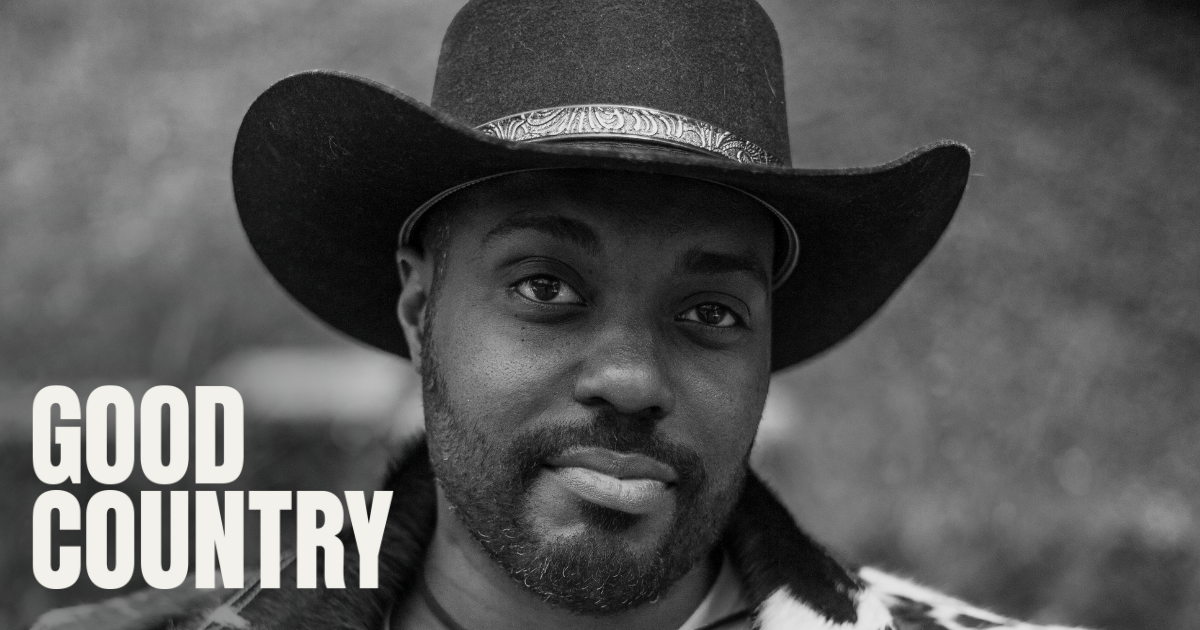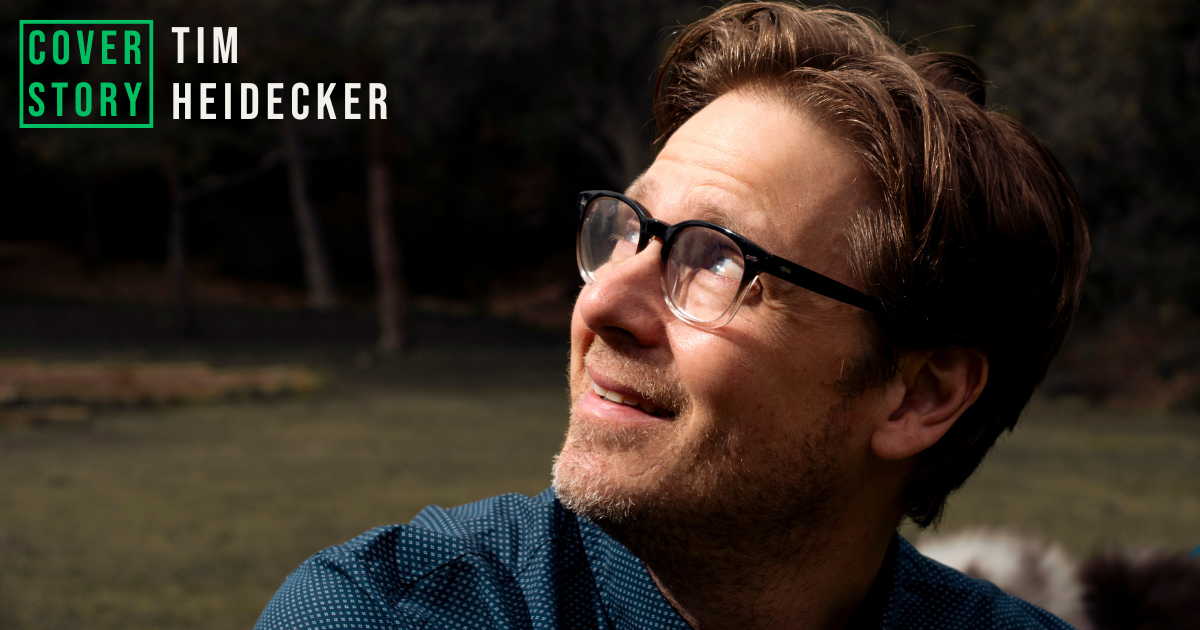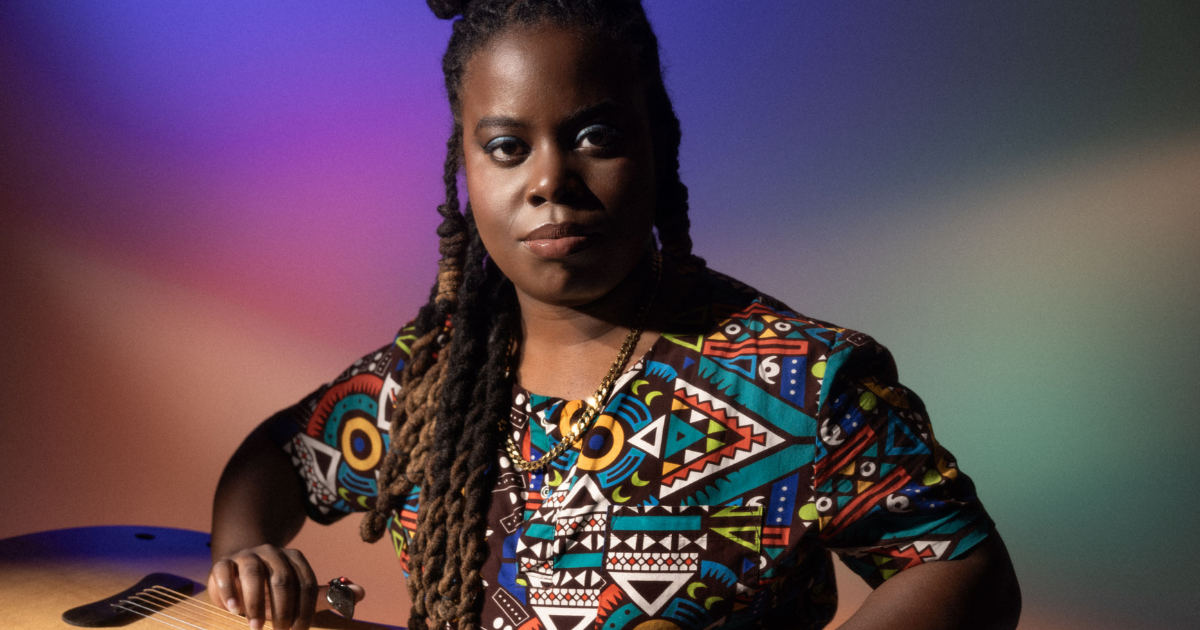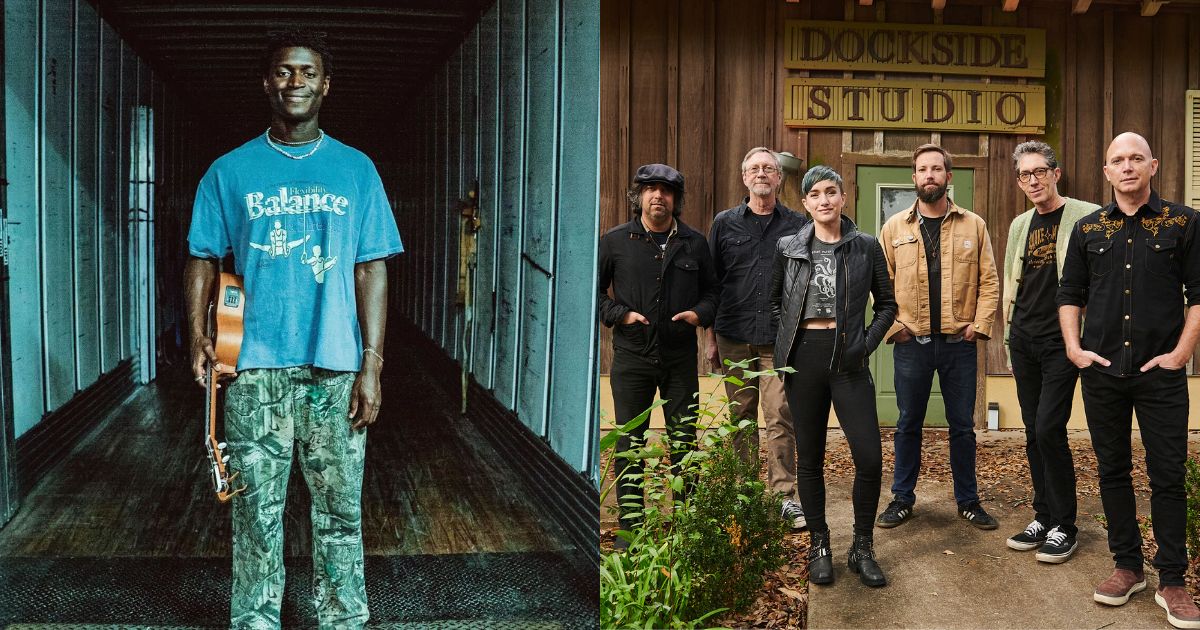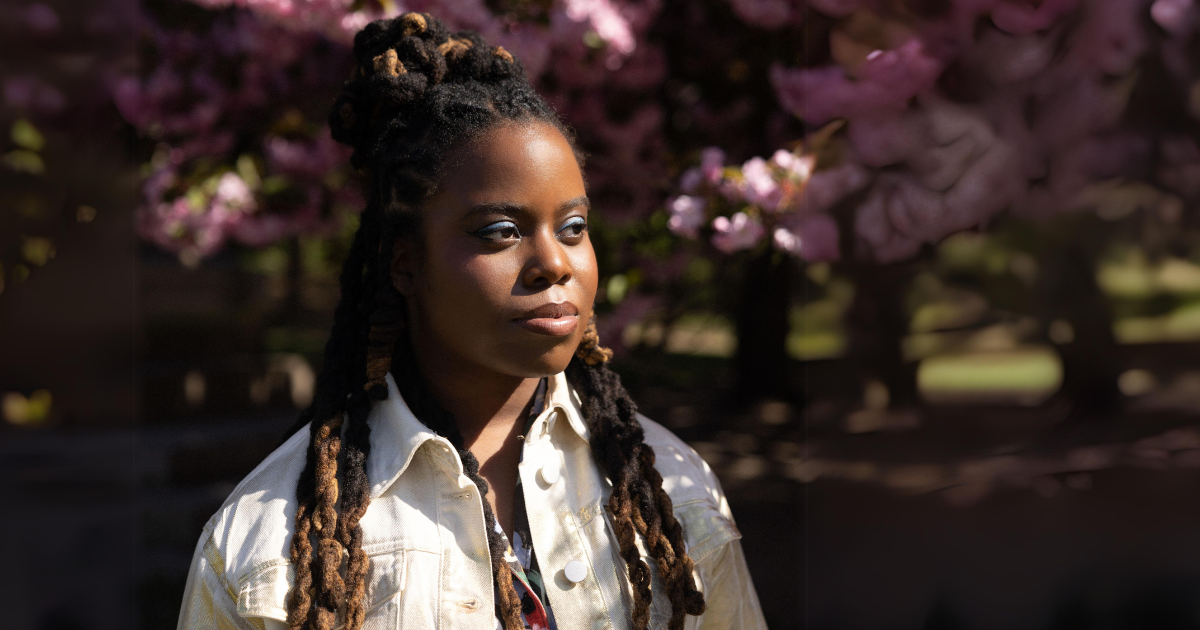Jake Blount & Mali Obomsawin’s new album symbiont is a dense nest of references across a century of Black and Indigenous music and sound making, worked into the warp and weft of synthesizers and electronic production.
The liner notes detail Obomsawin’s trips to Blount’s apartment in Providence, Rhode Island, where the two would work through music, books, and other texts they had collected, compiling sounds and ideas, building up the whole project’s sound. The album bridges the hyperlocal and the global, across time, in a historically-minded, futurist radical gesture, refusing the silence of official archives and restoring voices lost to colonial violence.
The album was released by Smithsonian Folkways, which has a history of preserving a worldwide range of music, but also industrial sounds, the songs of birds, and the noises of frogs and toads. Obomsawin’s previous band Lula Wiles was also on the label. Folkways is an archive that is institutional though, literally funded by the government, and it is often colonial – they gave money to white officials who collected songs on reservations, in prisons, and among communities where saying no was an economic or social impossibility. The official archivists, given imprimatur by the Smithsonian, and the unofficial archive, compiled by these two musicians who are working personally, across time and space, to commemorate the social and political will of marginalized people, is a difficult balance.
In a conversation over Zoom, Blount makes the archival practice explicit saying that the process “became a way for me to co-opt this thing that I have often felt; [that] archives exist to deny dead Black people our agency and cut off our communal traditions from the community.”
The community here is as small as two people in a room, or in a Zoom call, but also collapses historical pasts, the apocalyptic now, and a possible, hopeful Afro/Indigenous future. When asked about how this album was in conversation with the colonial history, Obomsawin makes the political claim as explicit and as communal as Blount, saying that this album is “in conversation and asserting continuance for our colonized ancestors and our future descendants who have overthrown their colonizers.”
How to do that overthrowing is not an abstract or intellectual consideration here. There are calls for direct action. In one of the album’s spoken word sections, an ancient outside of time and space discusses how humanity cannot be either created or destroyed, but it is like a great river (like Langston Hughes’ river) that the energy flows through.
The material throughout this album is part of that great river, and so it includes texts like Slave Songs of the United States (ed. William Francis Allen, Charles Pickard Ware, and Lucy McKim Garrison) and Indian Melodies by Thomas Commuck, who is described by Obomsawin as a “Native American author, Commuck (Narragansett/Brothertown), [who] began his life in a community heavily influenced by the Methodist Episcopal Church with the tradition of singing shape note hymns.”
The ancestor work here is nuanced as Obomsawin refuses to view Commuck as a simple victim of settler violence, acknowledging the intellectual work of his hymnal, while also acknowledging that his learning the shape note involved an erasure of more traditional forms. Obamsawin’s inclusion of western plains singing on the recordings of Commuck function like Jeremy Dutcher’s album Wolastoqiyik Lintuwakonawa, who traveled to the settler capital of Ottawa to access wax cylinders of the almost extinct songs of his people – cylinders stolen from them. Maggie Paul, an elder and song keeper from Dutcher’s community, told him to bring the songs back. symbiont does something similar.
The songs gathered here are a model of how stories from the Atlantic Triangle and from the expulsion of Indigenous people from their native homelands can be made new. These songs are stories, of stars falling out of the skies, but also of the gathering of community or private devotions. The gathering of the community is a successful part of the project.
On this album, Blount and Obomsawin inherit the hymns of colonization, hymns that were remade by Indigenous and Black writers, performers, and thinkers. On “Mother,” there is an interleaving of singing over drums and synths; a gorgeous version of the hymn “In the Garden” is scarred with feedback, synth interruptions, and technological glitches, emphasizing the shift from male to female pronouns. These formal choices interrupt the edenic expectation of the song’s tradition, while still acknowledging where the text originated from. Jazz and electroacoustic performer Mantana Roberts did similar work with the hymn in her work Coin Coin Chapter 5 – there are always riffs, always new ways of working out old songs.
The expulsion from the garden into new sounds can also be seen in the song “Stars Begin to Fall,” with the jazz stalwart Taylor Ho Bynum. Percussion and gourd banjo undergird Obomsawin’s rich harmonies singing, “When you hear the master fall as he topples from his throne…” There is a profound impact, a direct route to the kind of political work of community.
Obomsawin is in conversation with Blount; Blount and Obomsawin are in conversation with Bynum; Bynum, Obomsawin, and Blount are in conversation with Slave Songs and William Francis Allen, Charles Pickard Ware, and Lucy McKim Garrison. And, the history of the slave song, which originated American popular music. This is an album about the earth, so when “Stars Begin to Fall” talks about horns, Bynum makes his cornet flutter, speed, appear and disappear. He turns that instrument into a bird, with all of the contradictory metaphors of containment and freedom within it.
The river which carries these stories is one which loops, breaks, and returns – it has not one source, but dozens. This borrowing, this community, the pulling out of narratives, the flow, has been blocked.
There are two songs here by Alan Lomax, the folk song collector, whose relationship to the medium has become incredibly vexed. Blount, when asked about what it means to include Lomax in this canon making, his response is as patient, as angry, and as generous as the rest of the record: “I understand that this may be something he did with the best of intentions. I don’t mean to impugn that in any way. I think we are now at a point where we need to start examining. If there’s a solution to release those copyrights. I don’t know legally if that can be done, but something’s got to change, because at the point where you have Black people sampling recordings of our ancestors on their songs and they have to credit John and Alan Lomax as co-writers on that song… I had to credit a white man for my song that I wrote, because he happened to record some other Black people one time.”
This album is a reclaiming, not of authorship, but a collapsing of time and space. It’s an album of new narratives of creations, against copyright, and against Euro-centric narratives of how we imagine folk music to sound like and about what the audience means. This is an album intended for liberation, one in conversation across time and place. Specific time and place are key to the aesthetic and political work of Blount and Obomsawin – work that refuses to ask permission.
When they sing, “Come down ancients and trouble the waters/ Let the saints come in…” on the perfect, revelatory, and haunting track “Come Down Ancients,” the invocation towards the saints is as small as two people in an apartment, as smart as a grad school seminar, and as expansive as centuries of art making, both heard and unheard, censored because it scared or intimidated those who colonized.
That symbiont has no interest in asking permission anymore makes it a most radical act of reclamation.
Photo Credit: Abby Lank


